A calculated cholesterol ratio that shows the balance between “bad” and “good” cholesterol.
Securely stored in EU
Cancel anytime
Test 100+ biomarkers
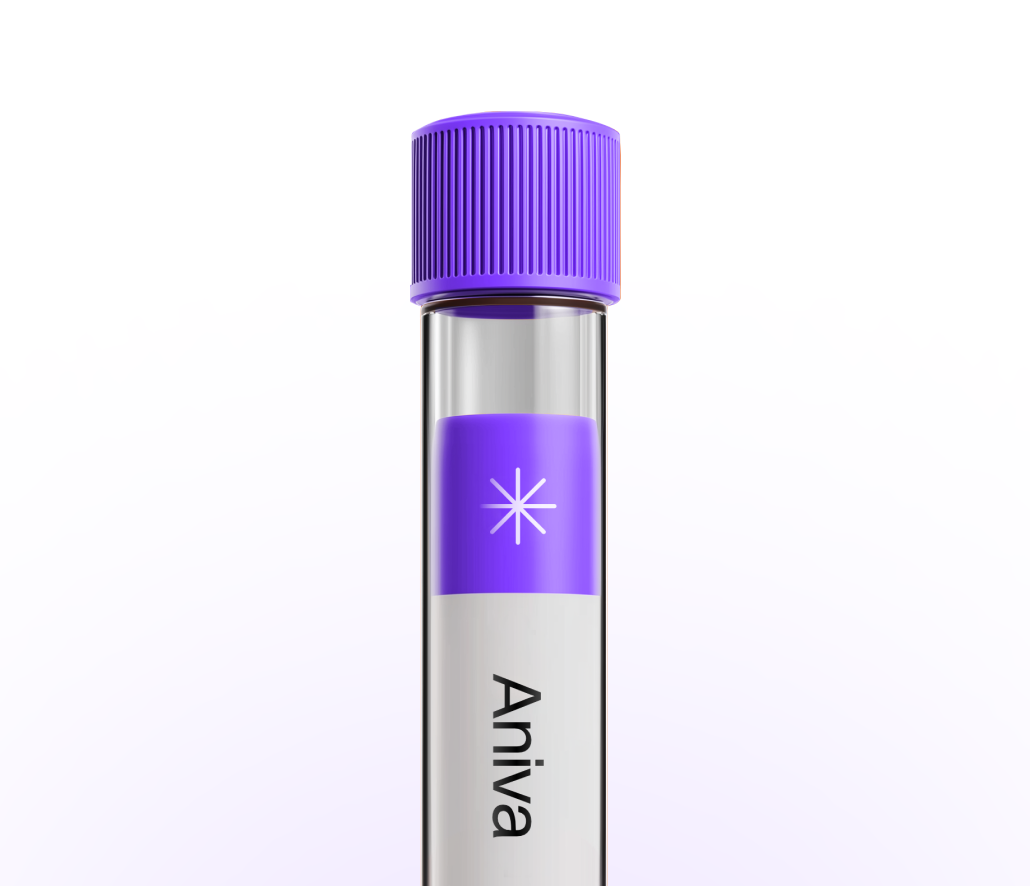
Less than 5 minutes waiting time. One
simple test at one of our 20+ locations.
Get your lab reports within one week.
Accessible on our app and per PDF.
All your health records stored
in a single, convenient place.

Clinicians sometimes use this ratio to add context to a standard lipid panel. It helps show when “bad” cholesterol outweighs protective HDL, guiding next steps like lifestyle changes or medication review. It is not guideline-endorsed and should be read with your full risk profile. You can test this marker with Aniva across Germany and Finland.
Clinicians sometimes use this ratio to add context to a standard lipid panel. It helps show when “bad” cholesterol outweighs protective HDL, guiding next steps like lifestyle changes or medication review. It is not guideline-endorsed and should be read with your full risk profile. You can test this marker with Aniva across Germany and Finland.
High: Suggests more cholesterol that tends to build up in arteries compared with HDL; often aligns with high LDL, high triglycerides, or low HDL. Consider checking LDL-C, non-HDL-C, triglycerides, and ApoB. Healthy eating, regular activity, weight management, and not smoking can help.
Low: Suggests a more favorable balance of lipids. Keep up healthy habits and recheck with your regular lipid panel. This ratio is not guideline-endorsed; use it alongside formal risk assessment and other lipid measures.
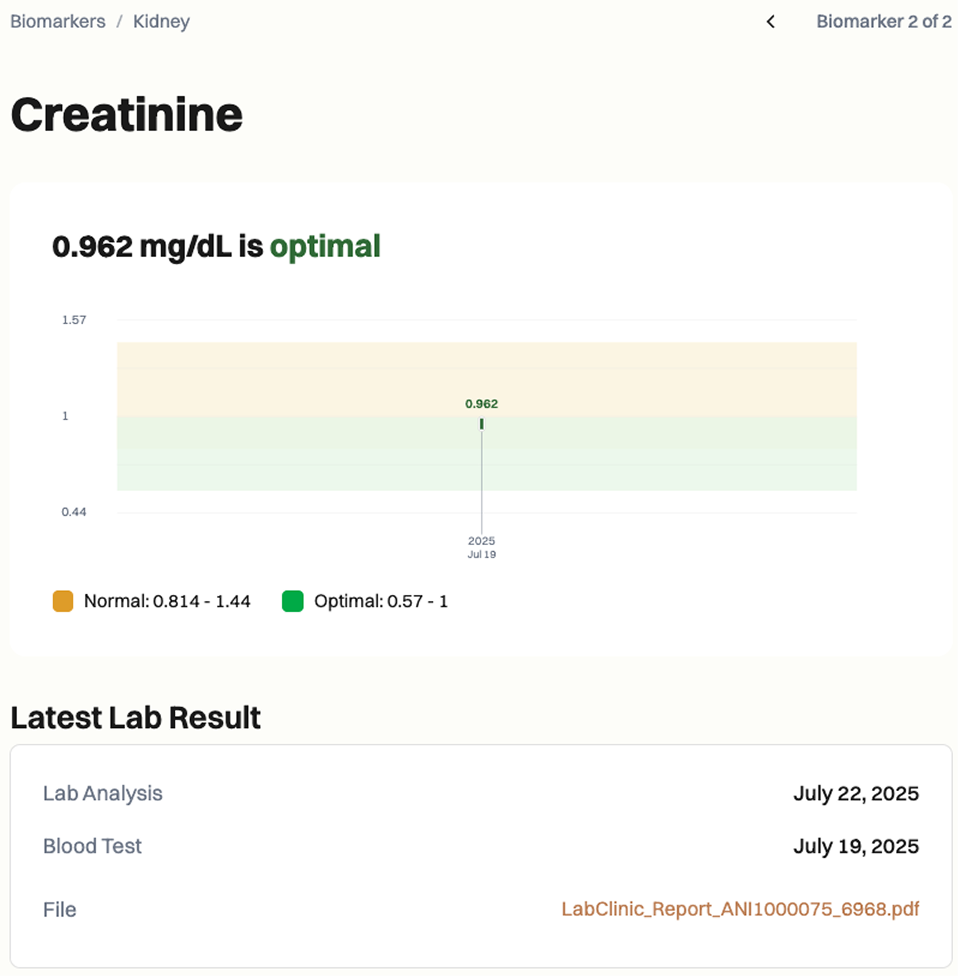
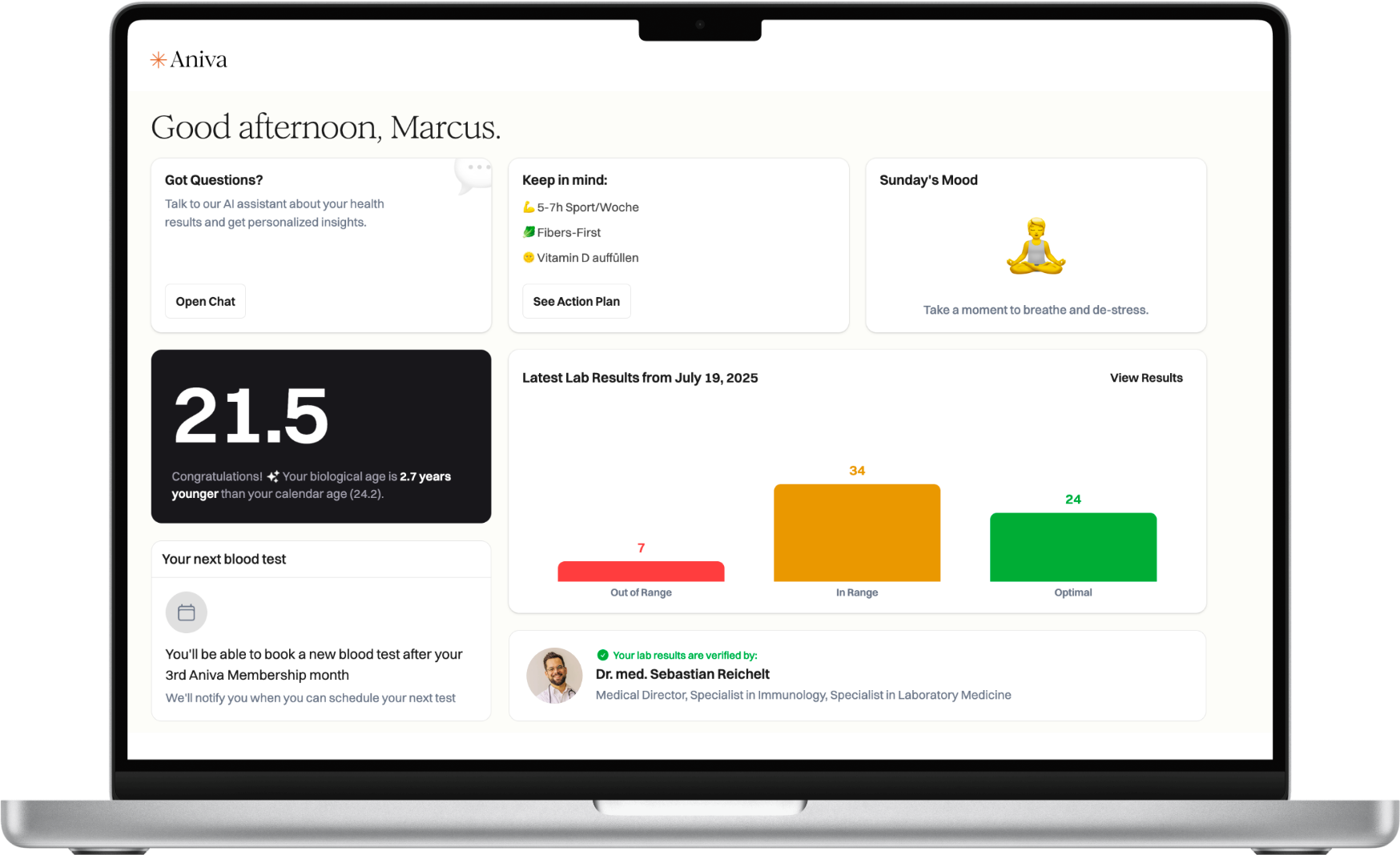
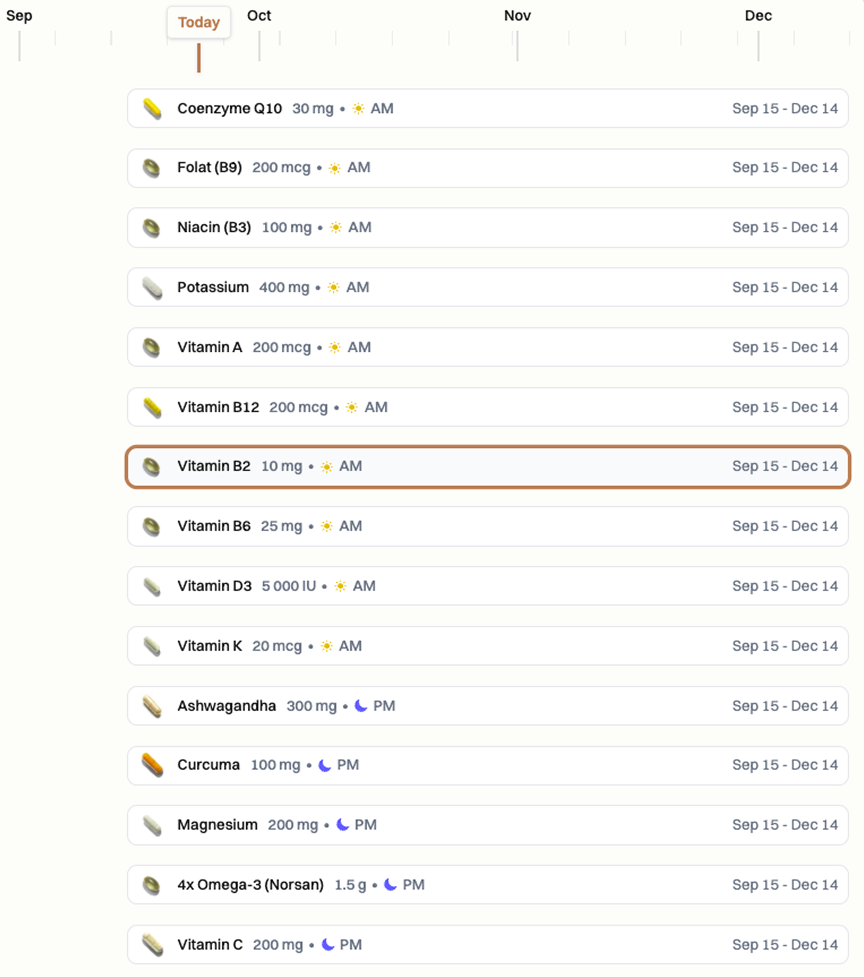
Common factors that can shift results include recent meals (raising triglycerides), heavy alcohol use, hard exercise, dehydration, and acute illness. Medicines such as statins, diuretics, beta-blockers, steroids, and estrogen therapy, and supplements like niacin or omega-3s, can change lipid values. Pregnancy and major weight changes also affect lipids; try to test under similar conditions each time.
Special situations (when to confirm or adjust): retest when stable or fasting if triglycerides are very high, during pregnancy or soon after delivery, after acute illness, or after major medication changes.
What does my result mean? A higher value suggests more “bad” cholesterol compared with HDL. A lower value suggests a more favorable balance. Use it with your full lipid panel.
Do I need to fast? Fasting is not required for most people. Your clinician may ask for fasting if triglycerides are very high or results are unclear.
What can affect the result? Recent meals, alcohol, intense exercise, illness, pregnancy, and medicines like statins or steroids can change cholesterol values.
How often should I test this? Check it when you repeat your lipid panel, often every 6–12 months, or as your clinician advises.
How long do results take? Most labs report within 1–3 business days.
What should I discuss with my clinician? Review this ratio alongside LDL-C, non-HDL-C, triglycerides, ApoB, and your overall heart risk to plan next steps.

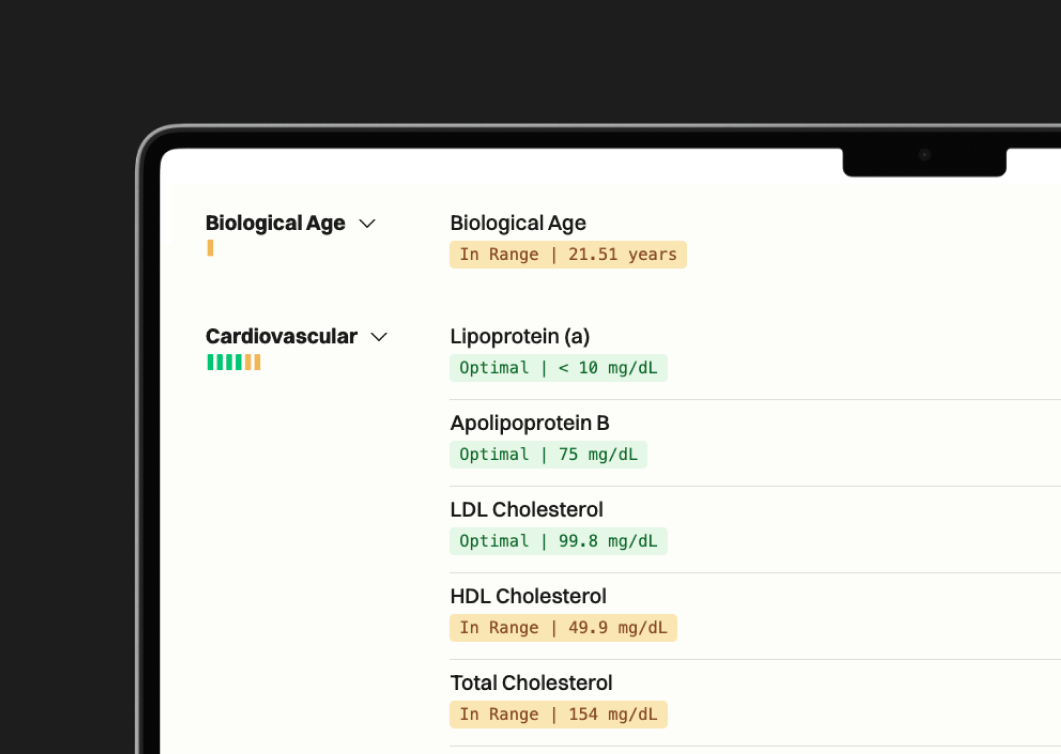
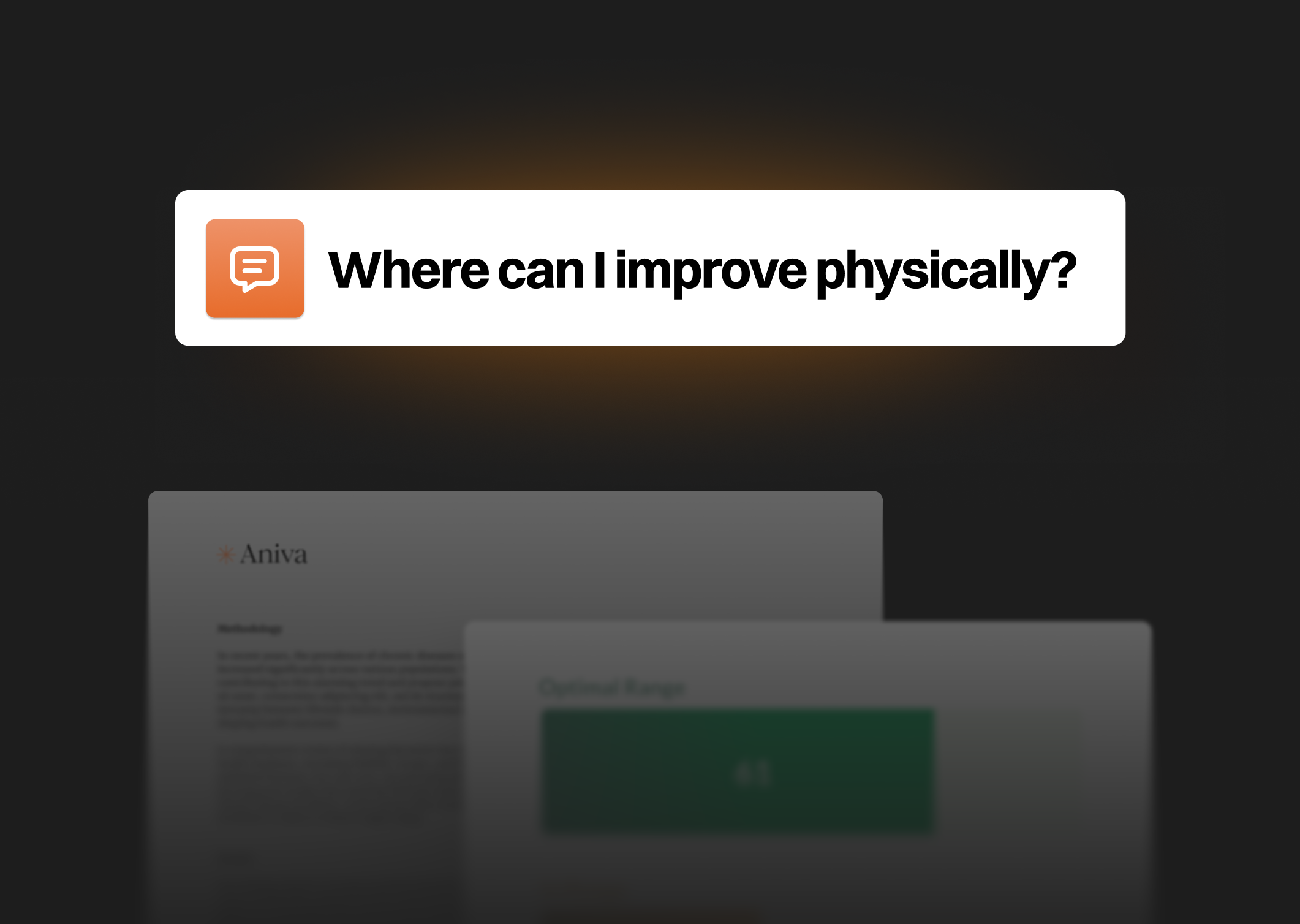
One annual blood test (100+ biomarkers)
Clinician-reviewed insights
Personalized action plan
Access to our AI Concierge
Access to curated products


63%
44%
70%